The start of a new year is the perfect time to set goals—not just for yourself but for your lawn as well! As we welcome 2025, it’s the ideal moment to think about how you can make your yard healthier, greener, and more vibrant in the months ahead. Whether you’re a seasoned lawn care enthusiast or a homeowner looking to step up your game, these simple resolutions can help you create the yard of your dreams this year.
Here are some achievable lawn care resolutions to get you started on the right foot.
1. Fertilize on Time
Feeding your lawn at the right time is one of the best ways to keep it healthy and lush. Resolve to follow a fertilizing schedule this year to provide your grass with the nutrients it needs to thrive. Typically, lawns benefit from fertilizer applications in early spring, late spring, summer, and fall.
If timing feels tricky, consider using a slow-release fertilizer or consulting a professional to ensure your lawn is fed properly throughout the year. The right nutrients can make all the difference in achieving that deep, green color you’ve always wanted.
2. Commit to Regular Aeration
If your lawn tends to look thin or compacted, aeration is a resolution you won’t regret. Aerating your yard—usually in the spring or fall—helps to loosen compacted soil and improve airflow, water absorption, and nutrient penetration. It’s an especially important step if you live in areas like Madison, where freezing winters and foot traffic can leave soil tightly packed.
By prioritizing aeration, you’ll give your grass the best chance to grow thicker, healthier roots, creating a more robust and resilient lawn.
3. Keep a Consistent Mowing Schedule
A well-manicured lawn doesn’t happen by accident. Make 2025 the year you commit to a regular mowing schedule. Keeping your grass at an appropriate height (around 2.5 to 3 inches) not only improves curb appeal but also encourages healthier growth.
Remember, sharp mower blades are key to achieving a clean cut that doesn’t stress the grass. So, add blade sharpening to your pre-spring checklist to start the mowing season off right.
4. Stay Ahead of Weeds
Nothing detracts from a beautiful lawn like pesky weeds. This year, resolve to tackle weeds before they take hold. Apply pre-emergent herbicides in early spring to prevent weed seeds from sprouting and spot-treat any unwanted growth that sneaks through.
Consistent weeding throughout the year will keep your lawn looking polished and ensure your grass isn’t competing with invasive plants for nutrients and sunlight.
5. Water Wisely
Watering is essential, but too much or too little can hurt your lawn. In 2025, make a goal to water more effectively. Aim for about 1 to 1.5 inches of water per week, delivered in deep, infrequent sessions rather than daily shallow watering. This encourages roots to grow deeper and strengthens the lawn against drought.
If you have an irrigation system, consider having it inspected to ensure it’s working efficiently and not wasting water.
6. Plan Landscaping Projects Early
If you’ve been dreaming of new landscaping features—whether it’s a flower bed, a fresh layer of mulch, or a total yard makeover—January is the time to start planning. Mapping out your projects early will give you plenty of time to budget, gather materials, and book any professional help you may need.
7. Book Professional Lawn Services Early
A healthy lawn requires more than just good intentions—it takes expertise and consistency. This year, resolve to book professional lawn care services early to ensure your yard gets the attention it deserves. Professionals can provide tailored solutions, including soil testing, pest control, and customized care plans.
Achieve Your Lawn Care Goals with Friske Lawn Care
Sticking to your resolutions is easier when you have a trusted partner by your side. At Friske Lawn Care, we’re here to help you achieve all your lawn care goals for 2025. From expert mowing to aeration and tailored seasonal services, our team has the expertise and tools to make your lawn the pride of the neighborhood. Contact us today to schedule your services and take the first step toward a healthier, greener lawn this year. Let’s make 2025 the best year yet for your lawn!
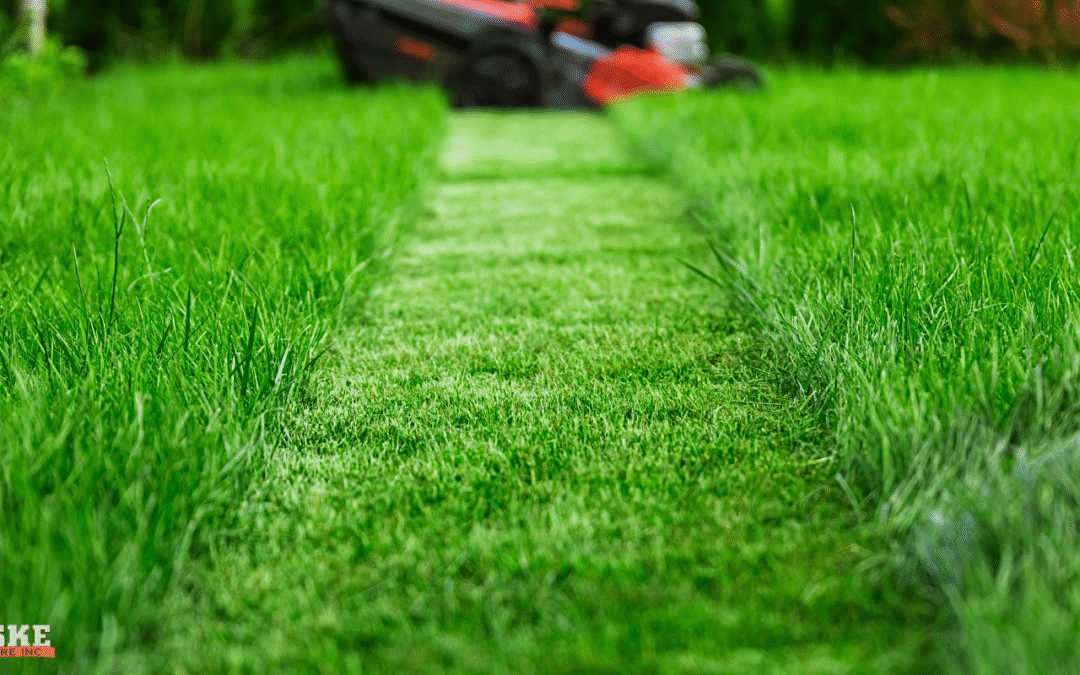

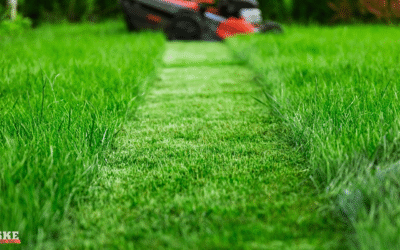
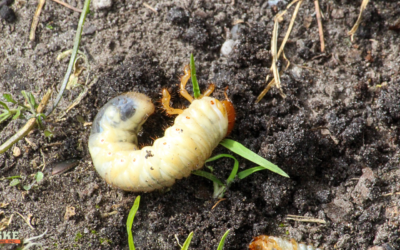

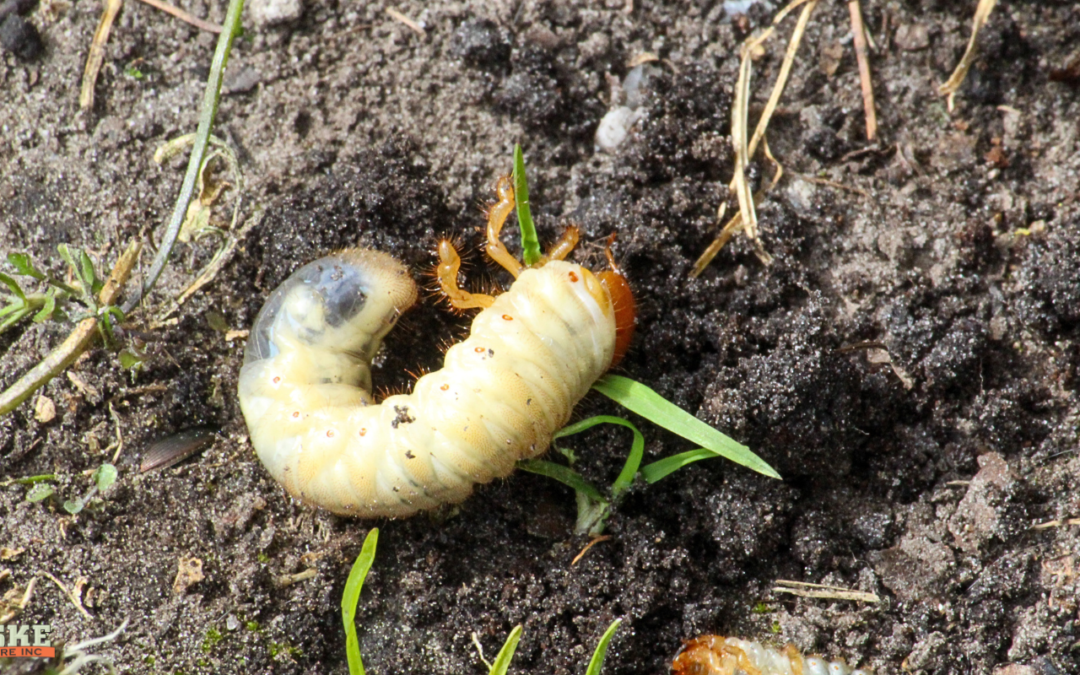
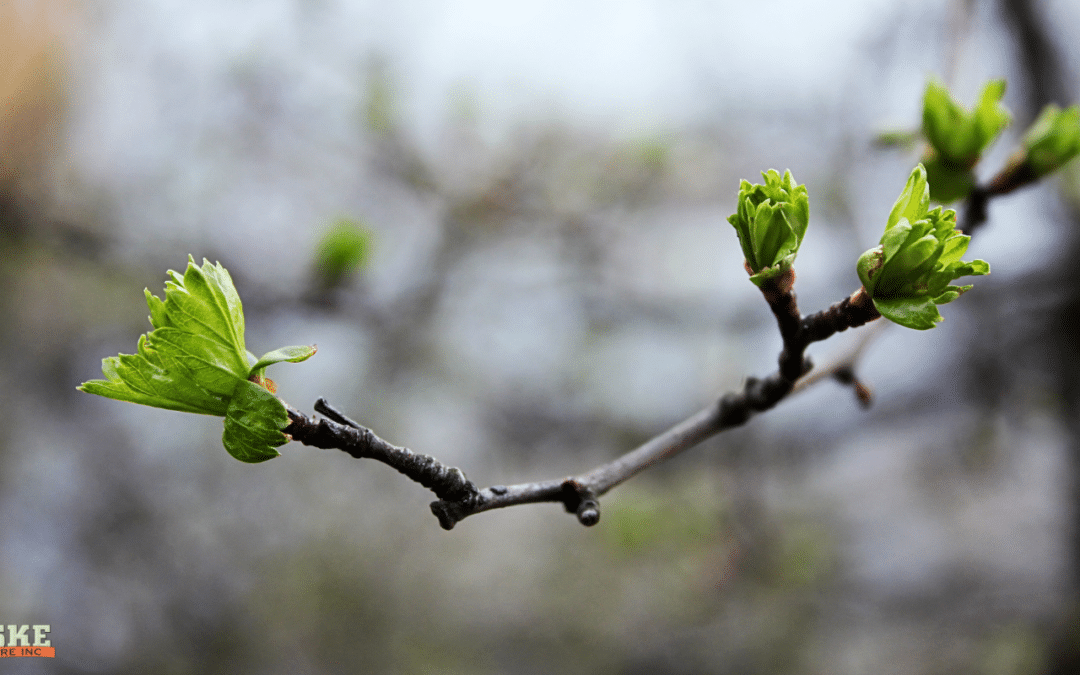
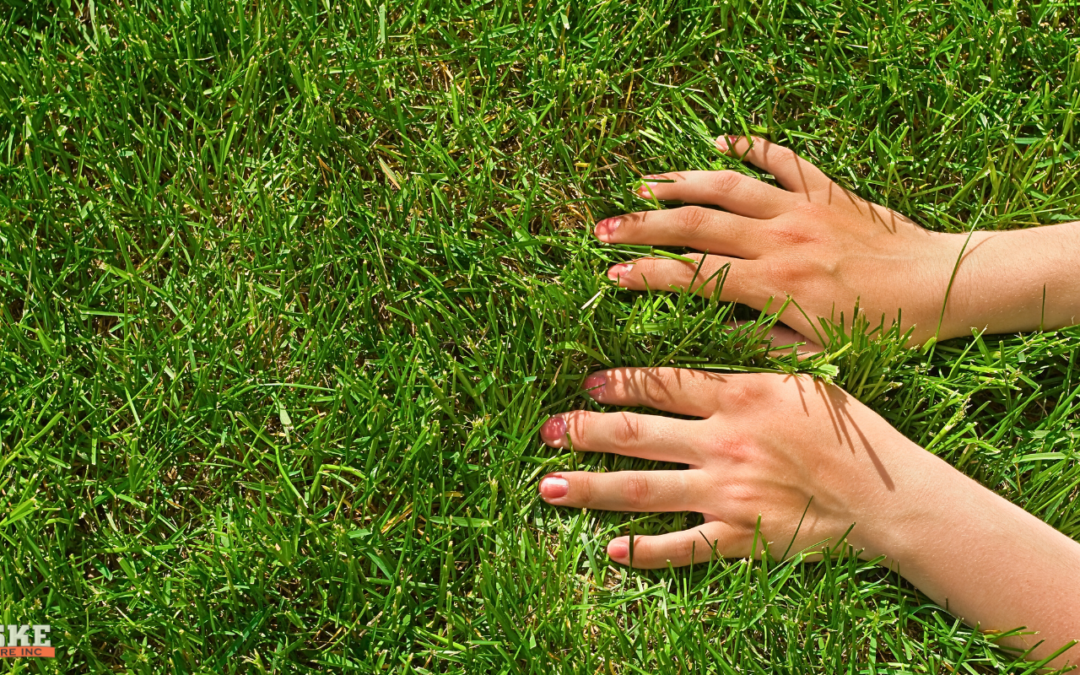
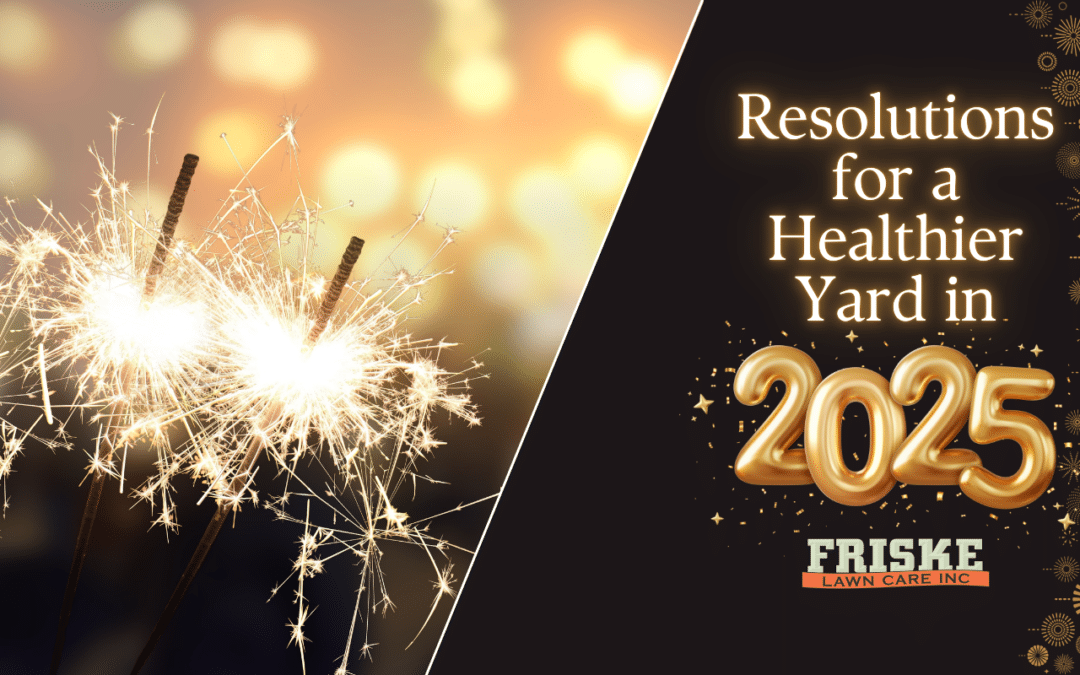
Recent Comments